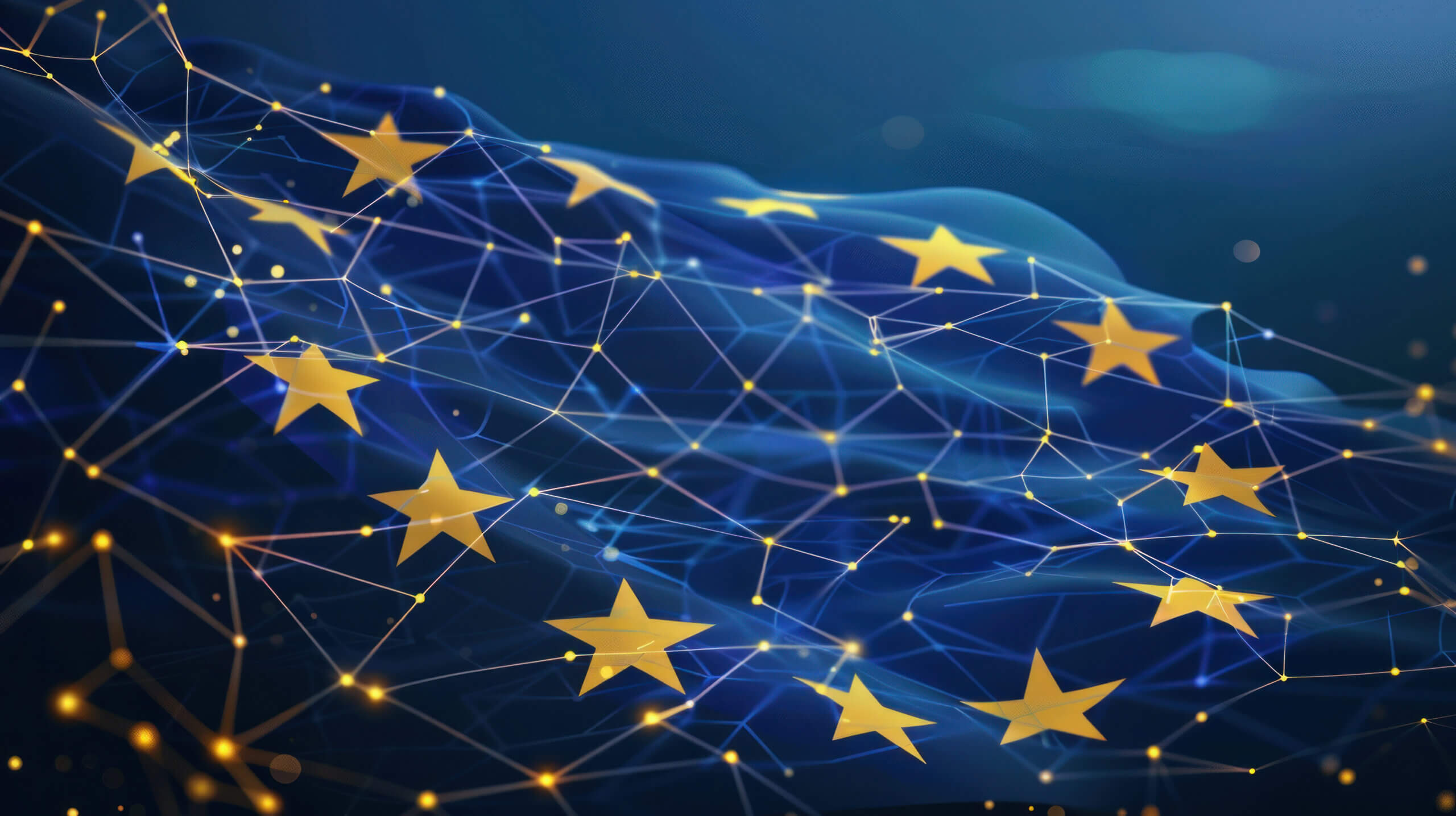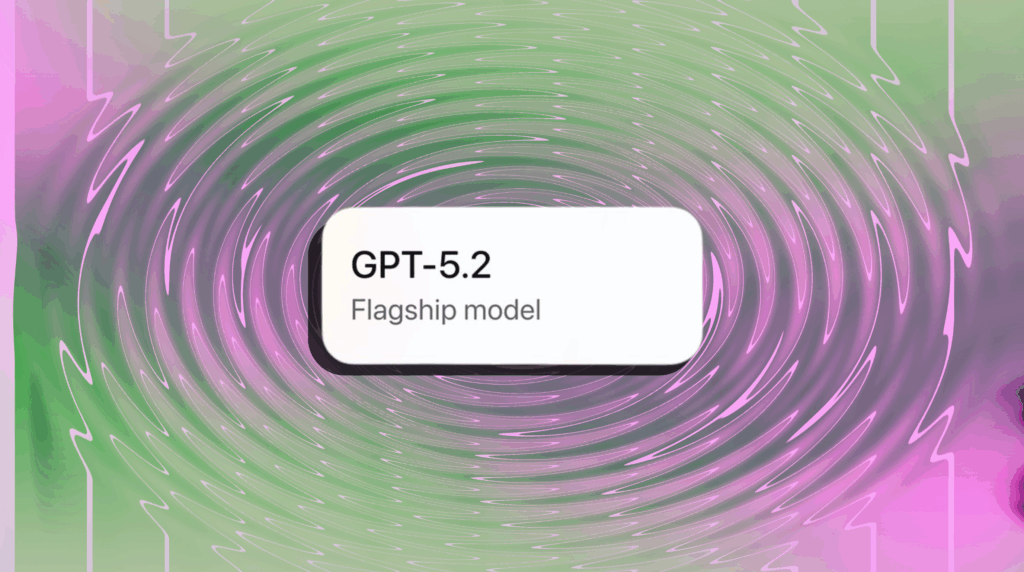A major deadline just hit for the generative AI industry: as of August 2, 2025, the core obligations of the EU Artificial Intelligence Act are now legally enforceable for general-purpose AI systems (GPAI), including large language models. For companies like OpenAI, Anthropic, Mistral, and Meta, this means transparency, documentation, and rights compliance are no longer optional, rather they are required to operate in the EU.
These requirements stem from the AI Act that officially came into force on August 1, 2024. Over the past year, providers have been navigating its risk-based framework that applies heightened obligations to systems considered high-risk or systemic in nature. But with the grace period for wGPAI now closed, the EU is making good on its promise: LLMs must meet baseline standards around training data provenance, user transparency, and legal accountability, or they will face real consequences.
The New Baseline: Rights-Aware, Risk-Calibrated AI
This isn’t the EU trying to stifle innovation. It’s the EU saying: if you’re building general-purpose systems that shape how people search, learn, create, and make decisions, then you have a responsibility to explain what’s behind the curtain.
Here’s what LLM providers are now required to do:
- Disclose summaries of training data sources, with enough detail to understand what kinds of content were used and how copyright was (or wasn’t) respected;
- Explain their licensing strategies, especially where proprietary or copyrighted materials are involved;
- Notify users when they’re interacting with AI, and clearly label AI-generated content;
- Document how they’re mitigating risks—from bias and hallucinations to security threats and systemic harms.
For the largest models, like GPT-4o or Claude 3 Opus, this may also include impact assessments and alignment with the EU’s evolving Code of Practice, a voluntary framework that could quickly become de facto standard.
How This Compares to GDPR: Familiar Mechanics, Bigger Stakes
If this all feels a little familiar, it should. The EU AI Act borrows heavily from the GDPR playbook: clear compliance deadlines, steep fines, a tiered risk framework, and extraterritorial reach. But where GDPR focused on data privacy, the AI Act is about data provenance, content rights, and systemic accountability.
GDPR focused on protecting individual user data (such as names, emails, and IP addresses); in contrast, the AI Act shifts the focus upstream, governing the content that trains and powers generative systems. GDPR was largely reactive by requiring companies to respond to deletion or access requests, whereas the AI Act is proactive: model developers must disclose their training practices, assess systemic risks, and meet transparency and safety standards before deployment.
Just as GDPR introduced new roles and responsibilities, such as data protection officers and audit trails, the AI Act introduces model registries, risk classifications, and conformity assessments. And while both frameworks carry serious financial penalties, the AI Act adds a new layer: reputational risk. Failing to meet compliance doesn’t just trigger fines, it can damage trust, stall partnerships, and limit a model’s acceptance in one of the world’s largest digital markets.
If GDPR made companies take data privacy seriously, the AI Act is here to make them take content governance seriously. And the ripple effects will go far beyond Europe, just like with GDPR.
The Summer of Scrutiny: AI Compliance Grows Globally
While the EU AI Act codifies a new standard, it doesn’t exist in isolation. It lands in a global context where enforcement mechanisms are already emerging through the courts and through hosting infrastructure.
In Bartz v. Anthropic, the U.S. court drew a key distinction: lawfully acquired data can qualify as fair use, but pirated data is still infringement. That case subsequently evolved into a certified class action with potential liability in the billions and it has already reshaped how LLM developers talk about and source their data. In the UK, Getty v. Stability AI is still unfolding, but it has shifted the spotlight to image provenance and dataset transparency, even as Getty dropped the core copyright claim due to jurisdictional limits.
And then there’s Cloudflare. Its decision to block AI crawlers by default without any action by publishers marks a significant shift. Enforcement no longer depends on site-by-site robots.txt files or lengthy legal takedown processes. Now, access can be controlled automatically, at scale, through infrastructure itself.
The EU AI Act fits naturally into this new reality. It doesn’t replace these efforts, it strengthens them. By making data rights a matter of law, it gives courts, platforms, and even infrastructure providers a new foundation for enforcement. Consent, transparency, and provenance are no longer just best practices. They’re obligations. And they’re beginning to align across jurisdictions, systems, and protocols.
For Brands and Publishers: This Is the Moment to Assert Control
If you own or distribute content online, you’re no longer operating in a legal gray zone. The EU AI Act gives you leverage. Use it.
- Revisit your robots.txt and llms.txt files: These files are no longer symbolic. They’re technical expressions of legal boundaries and AI companies are now expected to respect them.
- Update your terms of service to reflect your AI strategy: If you’re licensing content to OpenAI, say so. If you’re opting out of model training, make it clear and enforce these boundaries.
- Monitor how your content appears in AI-generated outputs: Now that disclosure is required, outputs that borrow heavily from your work are easier to spot and easier to challenge.
- Prepare for licensing negotiations with actual leverage: The market is shifting. First it was scraping. Then licensing. Now enforcement. If you’re sitting on a valuable content archive, you now have the legal and infrastructural foundation to set terms.
Final Thought
The EU AI Act doesn’t kill generative AI, it gives it structure. And for the first time, it formalizes what artists, publishers, and content creators have been calling for since 2022: a framework built on consent, accountability, and clarity.
This isn’t about nostalgia for a pre-AI internet. It’s about making sure the next version of the internet that is built around LLMs, generative search, and multimodal outputs doesn’t repeat the extractive dynamics of Web2.
The Rules Have Changed
Cloudflare. Class actions. The EU AI Act. The way AI systems surface and rank content is being rewritten. If you want your brand to lead in AI search, our experts can help you optimize your content for this next phase. Connect with us today.
Optimize Your Brand’s Visibility in AI Search
Millions turn to AI platforms daily to discover and decide. Make sure they find your brand.






